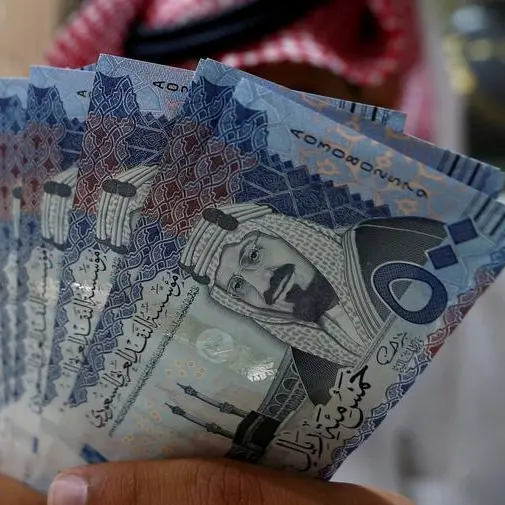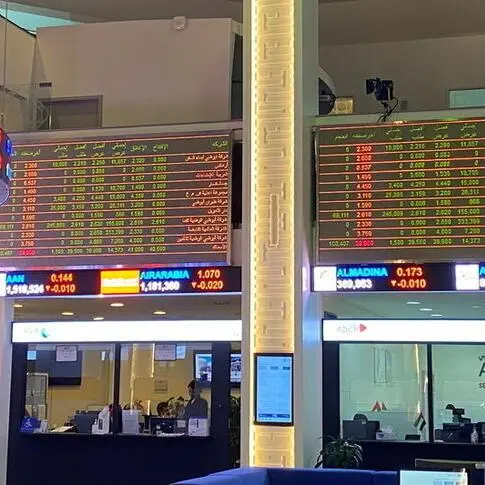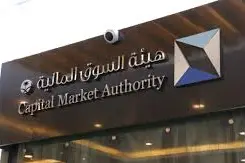PHOTO
GCC central banks are expected to cut interest rates for the first time in two years, according to a leading regional asset manager.
In its GCC fixed income market outlook for 2024, Kuwait-based Kamco Invest says the point of divergence between central banks is the size of cuts expected during the year.
The most recent consensus forecast from Bloomberg shows that the US Fed is expected to slash rates by around 150 bps in 2024 to 3.9 per cent (mid-point) while the euro zone is forecast to undertake a steeper rate cut of around 200 bps.
The fed dot plot projections show 75 bps rate cuts in 2024.
The rate cuts by other central banks are expected to be relatively lower depending on the existing rates, the pressure on foreign exchange rates, economic trends in the market and last but not the least, inflation.
Kamco expects rate cuts by GCC central banks to be broadly in line with the US fed due to the pegged currencies versus the US dollar.
In terms of treasury yields, after peaking in October-2023, the US 10-year treasury yield has shown a declining trend until the last week of December-2023.
The consensus forecast for 2024 shows that treasury yields will trade around current levels over the next six months followed by a decline during the 2H-2024, according to a Reuters poll, indicating that the market has fully priced in rate cuts for 2024.
According to Reuters, interest rate futures are now pricing in around two thirds chance of the first rate cut in March-2024, a decline from 90[c chance two weeks back.
Expectations in terms of fixed income issuances globally remain positive for 2024 with both sovereigns and corporates encouraged to tap the market.
The year started on a positive note with record issuances of EM bonds.
Forecasts from Bloomberg suggests government bond issuances of close to $2.1 trillion globally, an increase of 7pc from 2023.
The sizable maturities expected in 2024 are mostly related to issuances during the pandemic. There is also a risk of sustained inflation, although recent data suggests otherwise, and as a result, a number of corporates and governments are seen rushing to issue bonds by locking in lower prevailing rates.
Issuances of sukuk is expected to increase in 2024 after seeing two straight years of declines until last year.
Key motivations for growth in sukuk issuance includes lower prevailing rates, crude oil prices remaining subdued around the $70/b levels as well as diversification as a number of countries and corporates are embracing Islamic sukuk in their funding mix.
Sovereigns in the GCC would be particularly looking at raising debt using the sukuk route due to the subdued expectations for oil prices.
Moreover, maturity of sukuk is probably the highest on record in the case of GCC issuers at $37.9 billion in 2024. Refinancing of these securities should keep GCC issuances elevated in 2024.
In terms of GCC bond issuances, maturities are also elevated in 2024 at $45.3bn and the refinancing of these instruments are expected to account for the bulk of the issuances by corporates and governments in the region this year. This would be further supported by a strong pipeline of projects across the GCC related to the respective diversification goals.
Kamco expects fresh issuances to be front-end loaded as seen recently and earlier-than-expected rate cuts to more evenly spread the issuances during the year.
Fiscal deficits by some sovereigns in the region (Saudi Arabia projected a deficit of around $25bn in 2024) is another factor supporting issuances by GCC sovereigns.
Copyright 2022 Al Hilal Publishing and Marketing Group Provided by SyndiGate Media Inc. (Syndigate.info).























